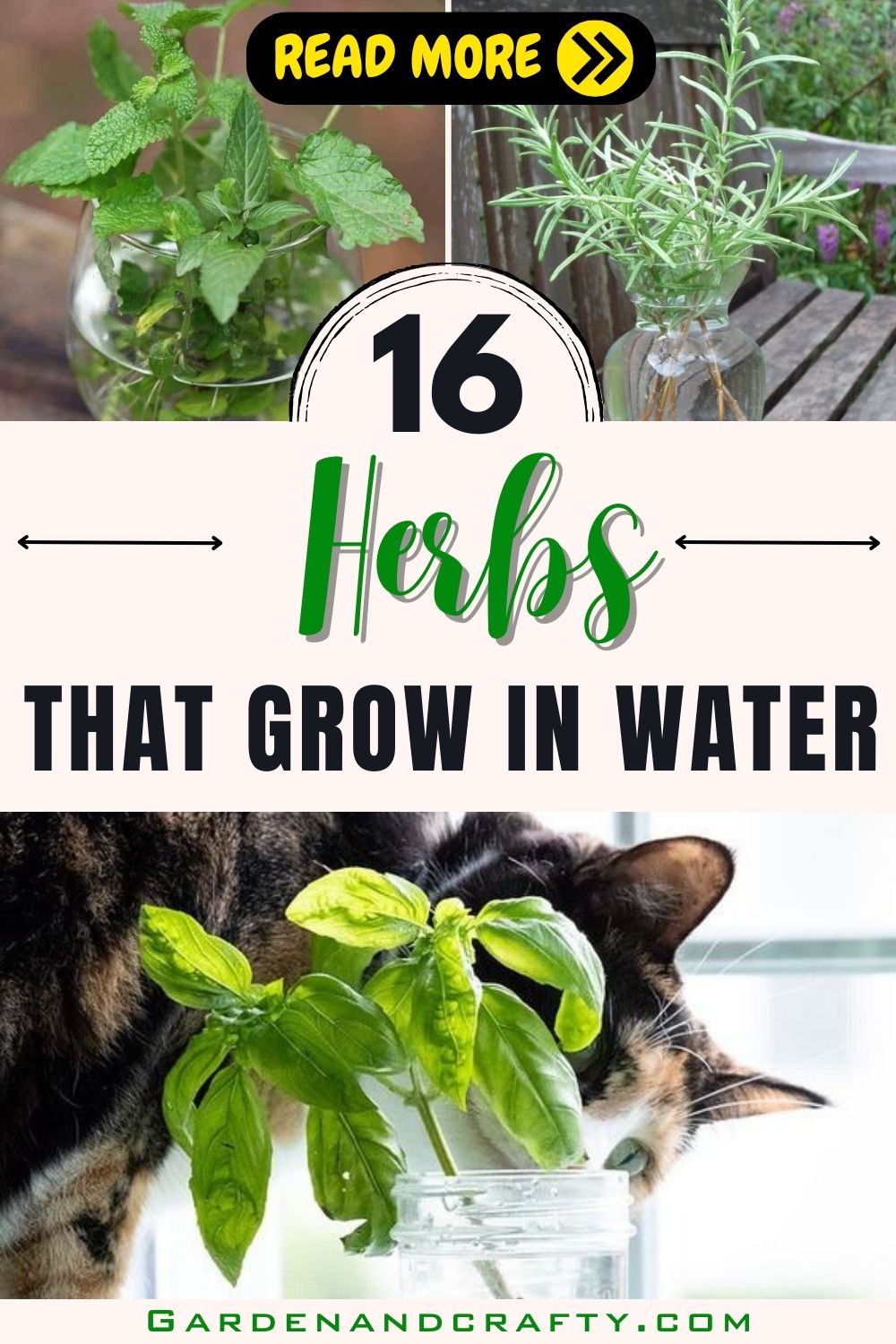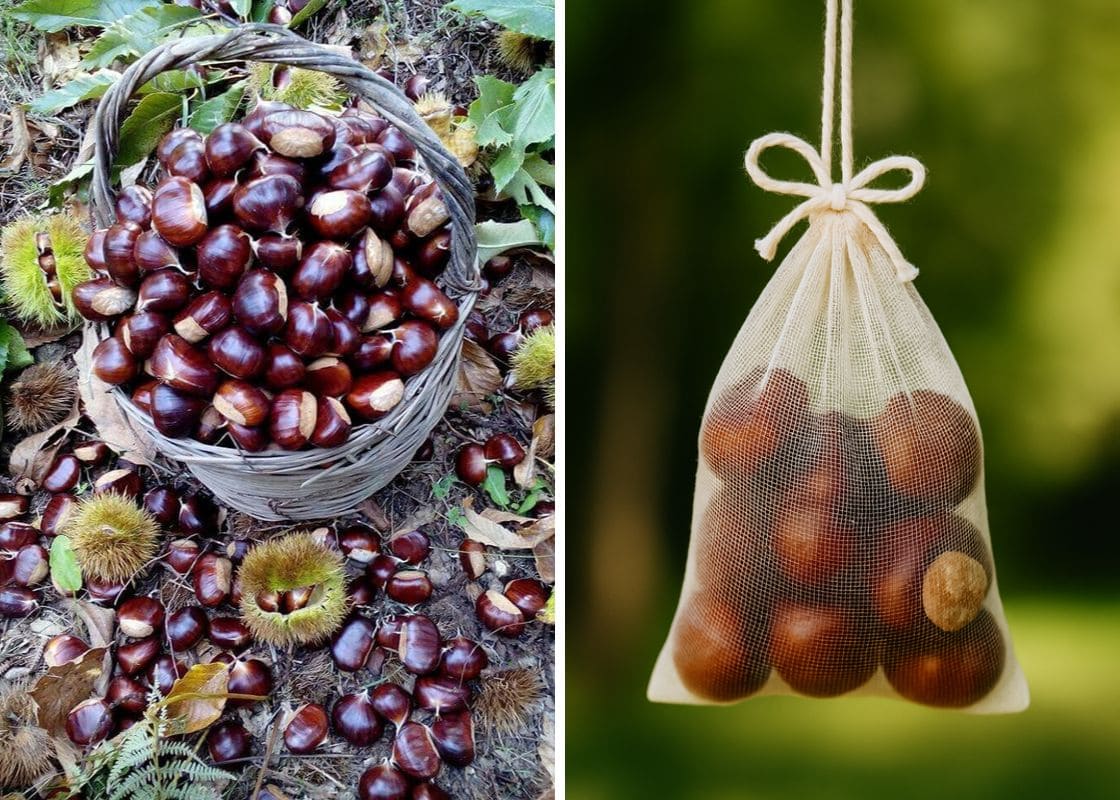Everybody knows that plants require three essential elements for their survival: light, water, and soil. However, you can say goodbye to the hassle of soil with the common method of growing houseplants in water. Various types of plants, like English ivy, pothos, and paperwhites, can thrive hydroponically and sustain this lifestyle throughout their entire natural lifespan without the need for soil. Now, let’s take a look at the best indoor plants that can grow in water and discover how to take care of them.
#1. African Violet
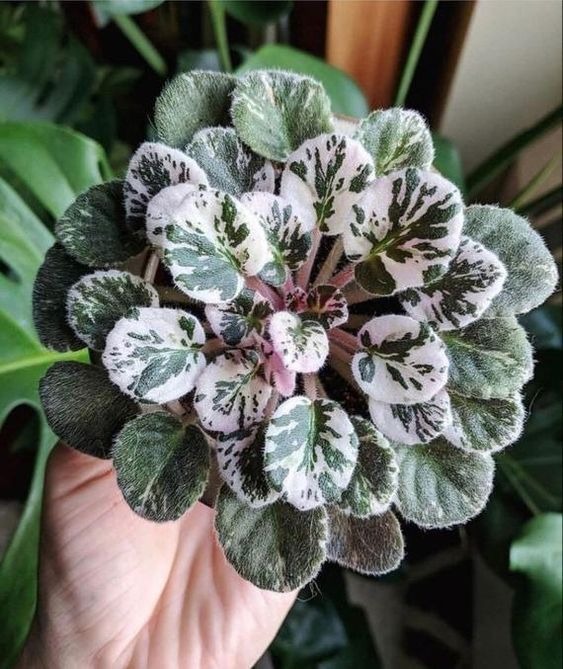
Known for its vibrant and velvety blooms, the African violet is a charming houseplant that can adapt to growing in water. To grow African Violets in water, take a healthy leaf cutting and suspend it in a container with water, making sure the stem is submerged. Change the water regularly to keep it fresh and place the container in a bright, indirect light location.
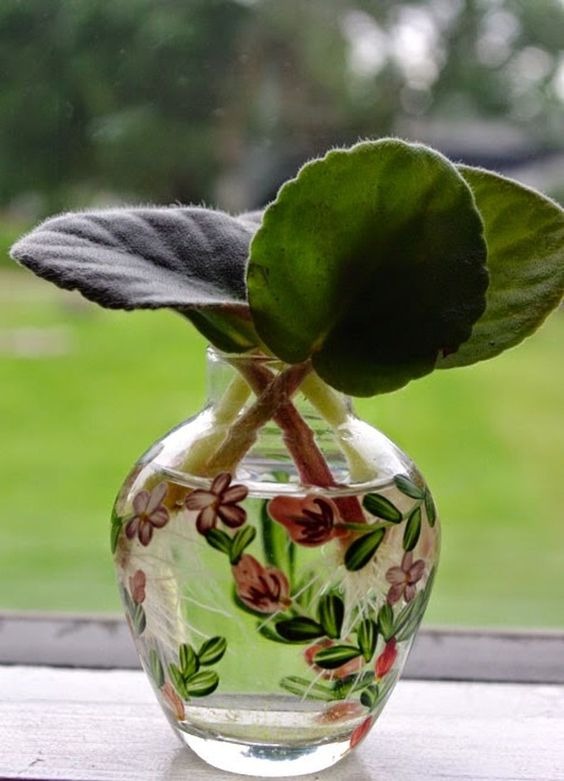
African violets appreciate consistently moist conditions, so top up the water when necessary, and enjoy the year-round beauty of these colorful blooms.
#2. Baby’s Tears
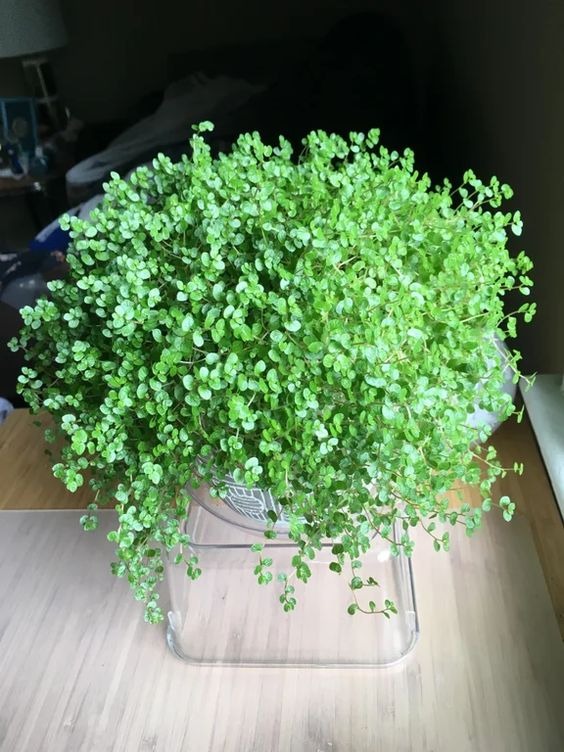
Delicate and cascading, baby’s tears are a perfect candidate for water propagation. Simply snip a few stems, remove any leaves along the lower portion, and place them in a container with water. Plus, ensure that you remove the nodes where the leaves are submerged.
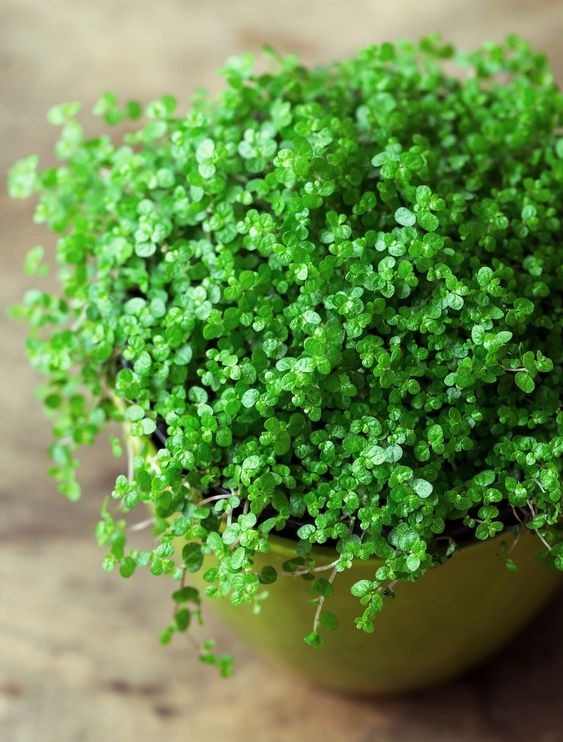
Baby’s tears thrive in consistently moist conditions. So remember to check the water level regularly and this low-maintenance beauty will reward you with a lush and trailing display.
#3. Begonia
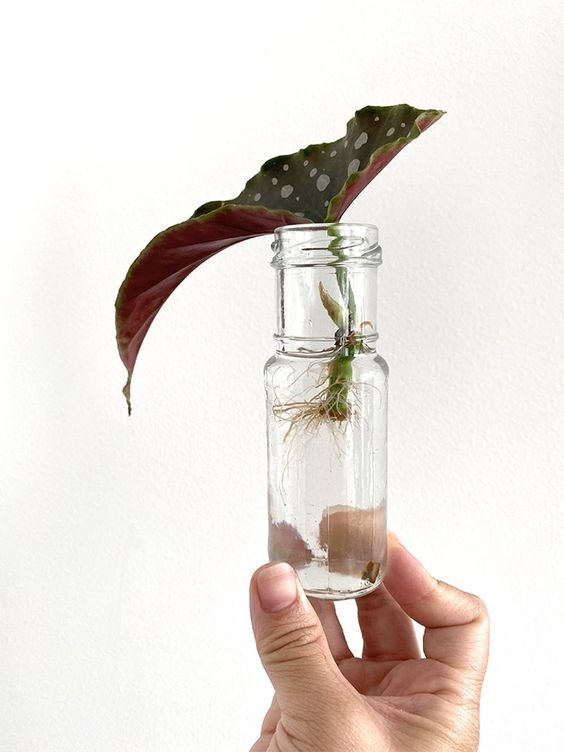 Bring the vibrant hues of begonias into your home by growing them in water. Take a healthy leaf cutting and place it in a container with water, ensuring that the stem is immersed. Position the container in a bright spot with indirect sunlight.
Bring the vibrant hues of begonias into your home by growing them in water. Take a healthy leaf cutting and place it in a container with water, ensuring that the stem is immersed. Position the container in a bright spot with indirect sunlight.
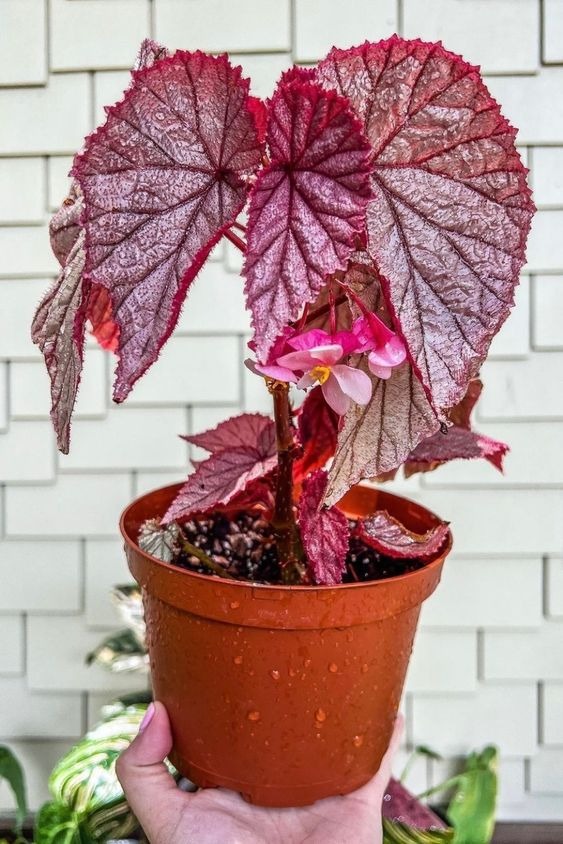
Begonias prefer consistently moist conditions, so monitor the water level and top up as necessary. With their unique foliage and easygoing nature, they add a burst of color to your indoor garden.
#4. Coleus
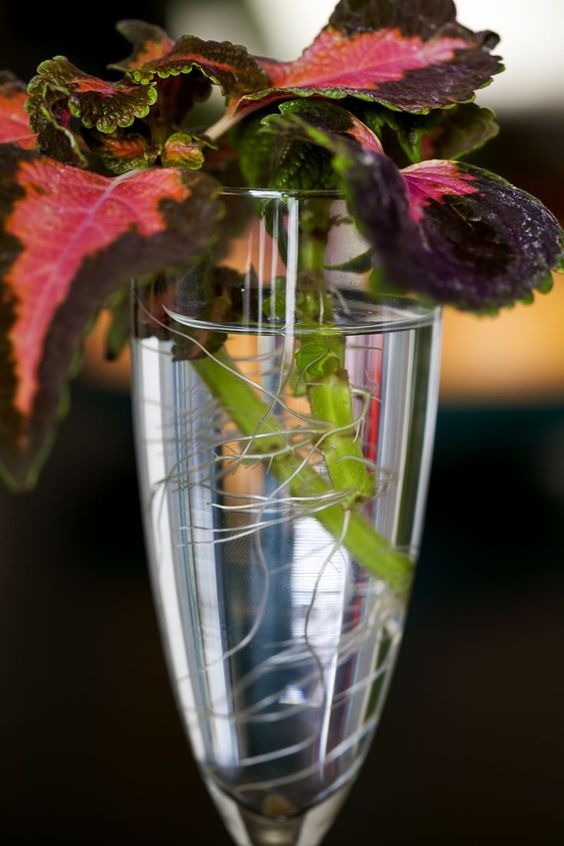
Coleus is one of the most colorful indoor plants that can grow in water. Take a cutting with a few inches of stem and place it in a container with water. Position the container in bright, indirect light for optimal growth. Change the water regularly to prevent bacterial growth.
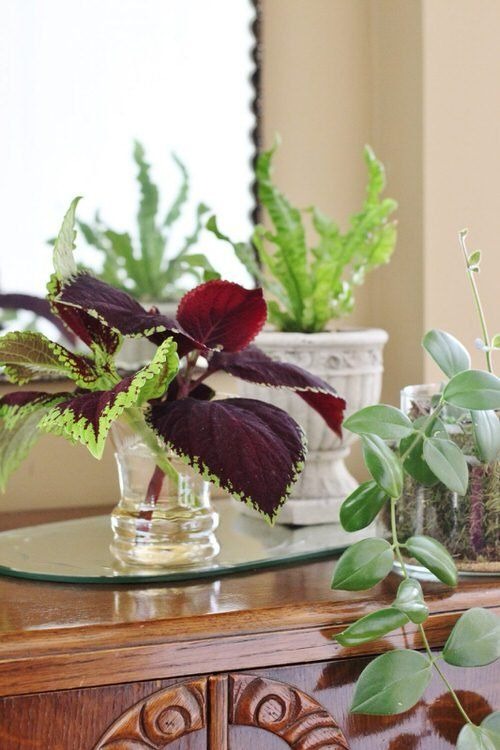
Your coleus plants will flourish if you add a small amount of compost tea to the water when you change it once a month.
#5. Impatiens
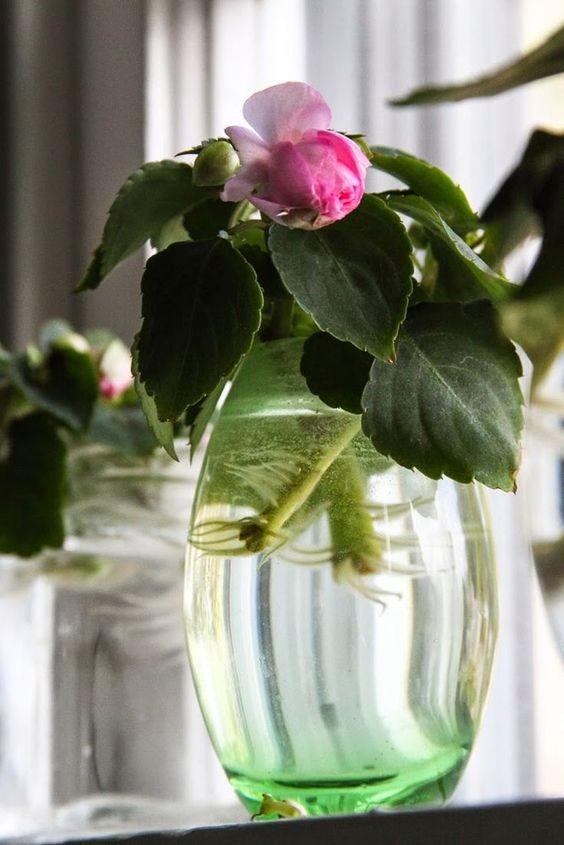
With their colorful blooms and shade-loving nature, impatiens can thrive in water. They love the water so much that they can grow as marginal pond plants.

At the end of the growing season, trim off a few stems and store them in a vase for the winter. That’s the place they will root and grow into clones of the parent plant. In the spring, you’ll have an abundance of free impatiens to plant in your shade garden.
#6. Lucky Bamboo
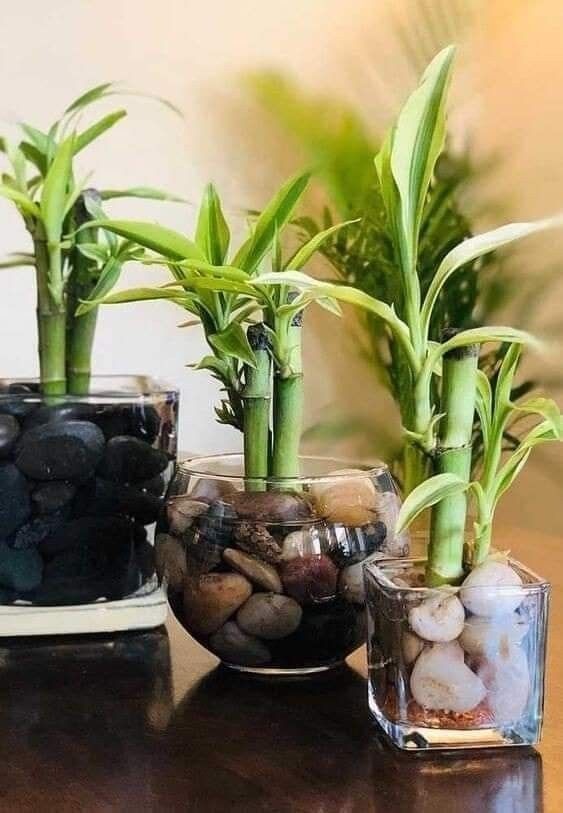
Lucky bamboo is not just a symbol of good fortune, it’s also an easy-to-grow plant in water. Place the bamboo stalks in a vase or container filled with water, ensuring that the roots are submerged.
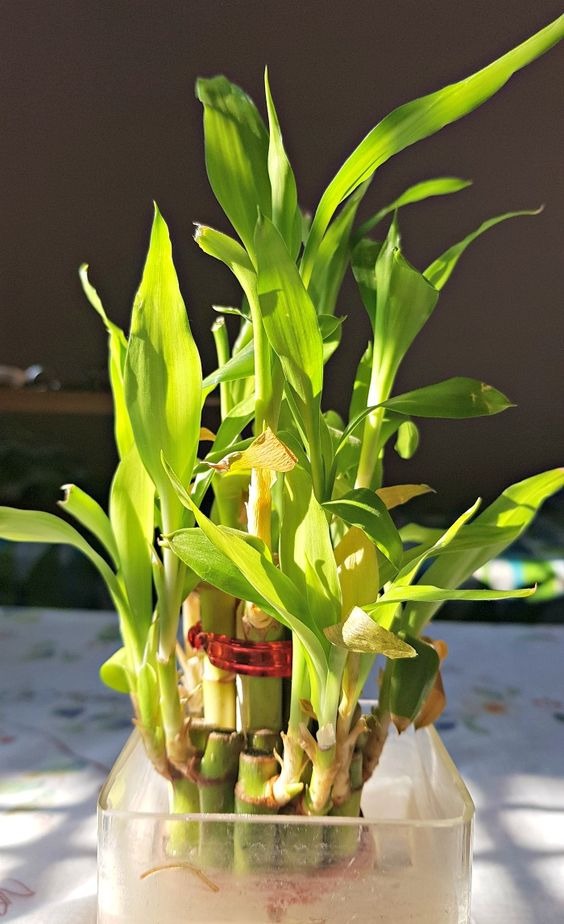
Lucky bamboo prefers bright, indirect light but can tolerate lower light conditions. Plus, you should change the water every two weeks to prevent stagnation and maintain its clarity.
#7. Philodendron
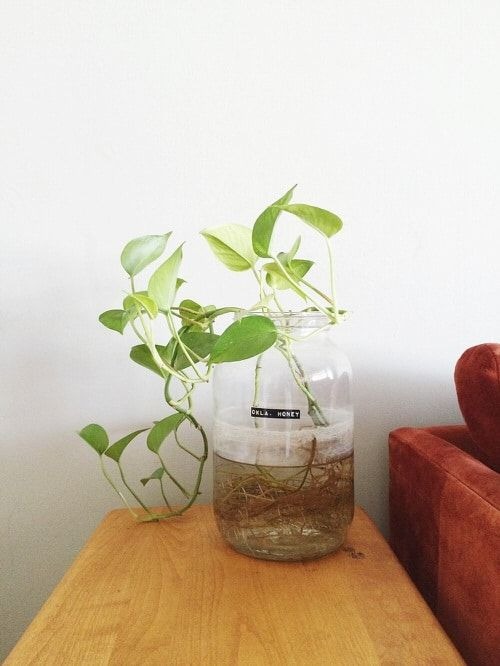
Known for its lush, trailing vines and heart-shaped leaves, the philodendron is a resilient houseplant that can thrive in water. Once it’s well-established, philodendron will gladly contribute a few of its stems to water gardening.
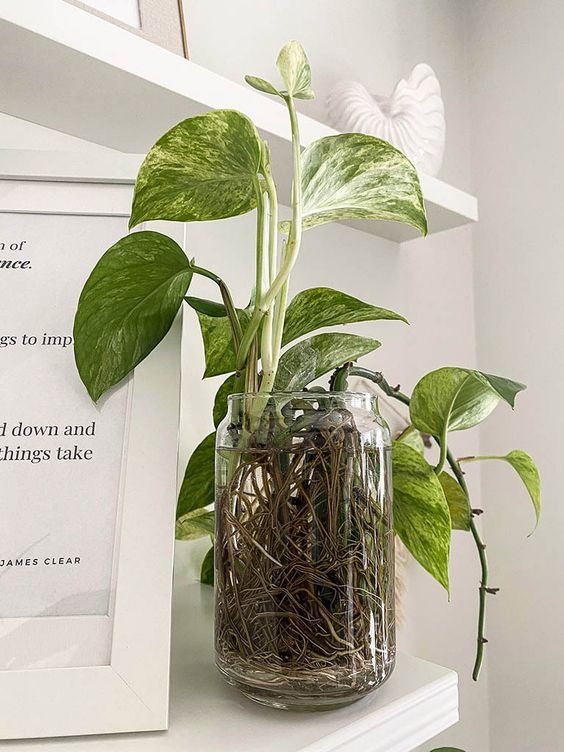
Although philodendron plants can tolerate a wide range of sunlight conditions, brighter lighting will encourage the growth of more leaves if your plants appear to be growing more stems than leaves.
#8. Spiderwort
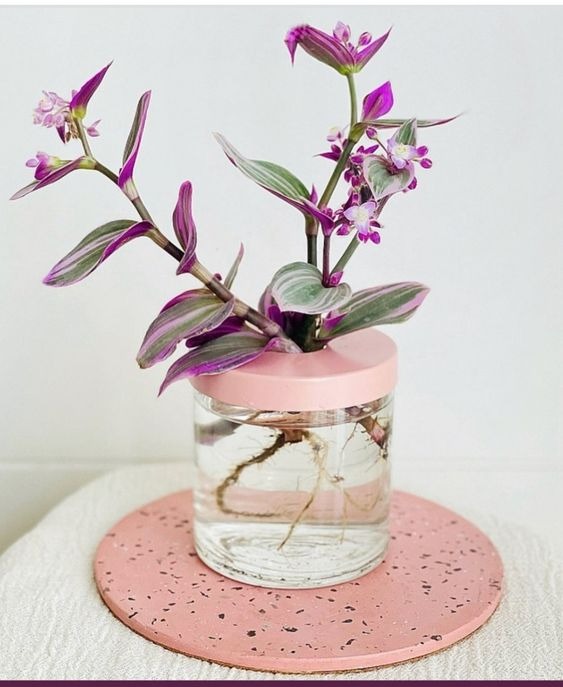
Like no other low-maintenance plant, spiderwort plants, also known as inch plants, bridge a color gap in the collection of houseplants. Both the purple-leafed cultivar and the zebra-striped variety are suitable to grow indoors and create a striking focal point in spaces with moderate lighting.
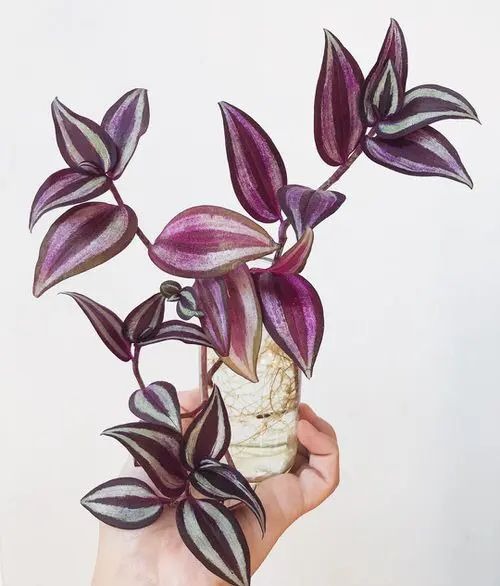
If you examine spiderwort closely, you can see nubs of root waiting to grow at the leaf nodes along the stem. You will have spiderwort babies by adding some stems to a mason jar or vase of water.
#9. Pothos
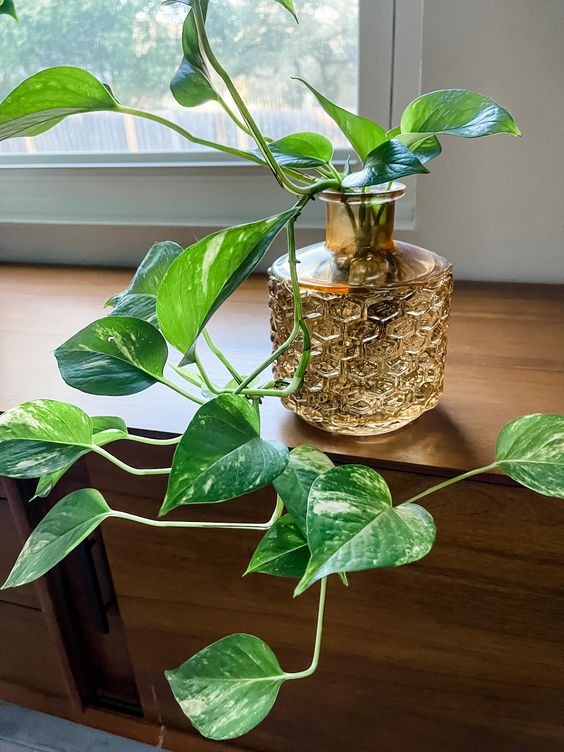
Known for its trailing vines and heart-shaped leaves, pothos is a popular choice for water propagation. Its leaves have striations of white, yellow, or light green color.
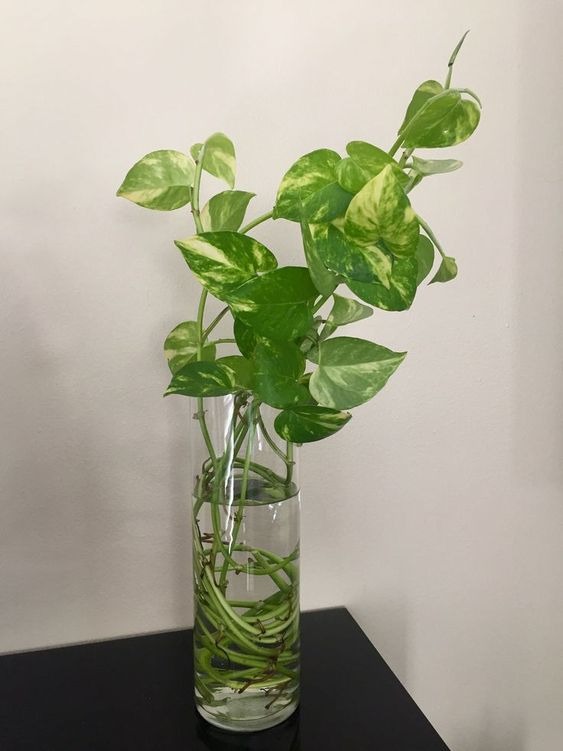
Cut a pothos vine segment that has three or four nodes. Any leaves left under the water will rot, so remove the leaves on the lower portion of the vine.
#10. Chinese Evergreen
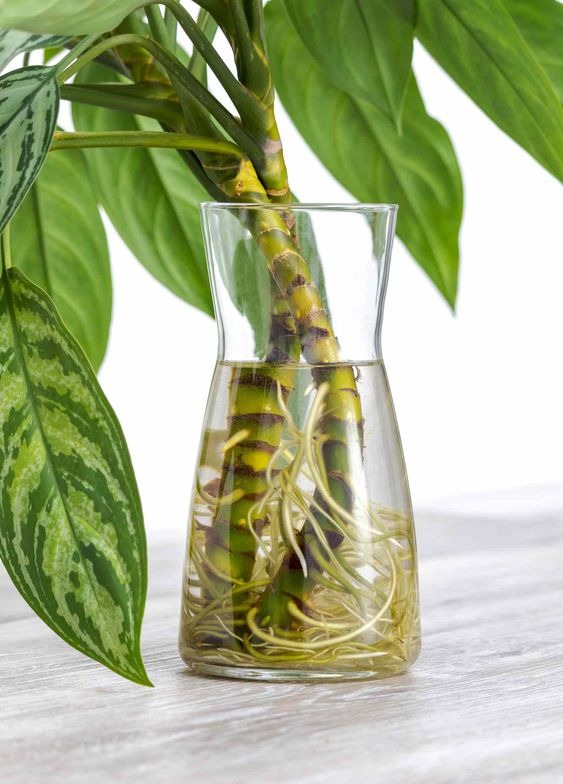
The Chinese evergreen, with its attractive variegated leaves, is a hardy houseplant that can add a touch of elegance to your indoor water garden.
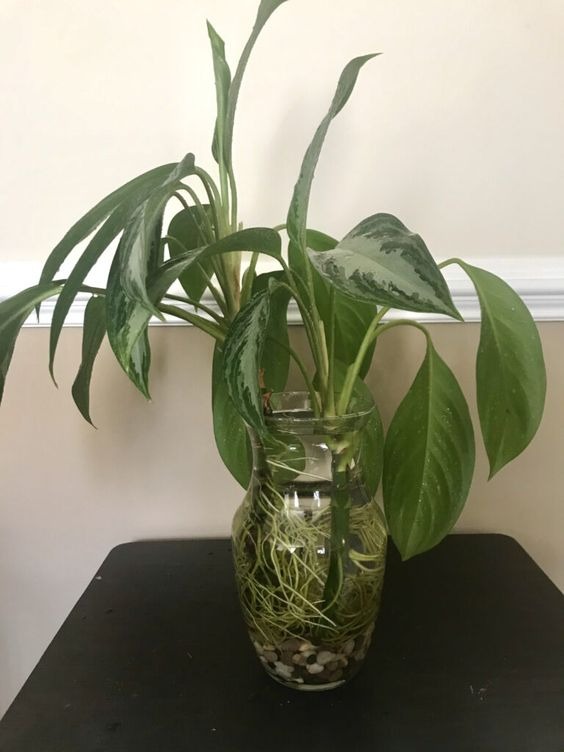
It should take three to four weeks for the roots of Chinese evergreen to show. To promote growth, you can give the plant a few drops of liquid fertilizer that dissolves in water once a month.
#11. English Ivy
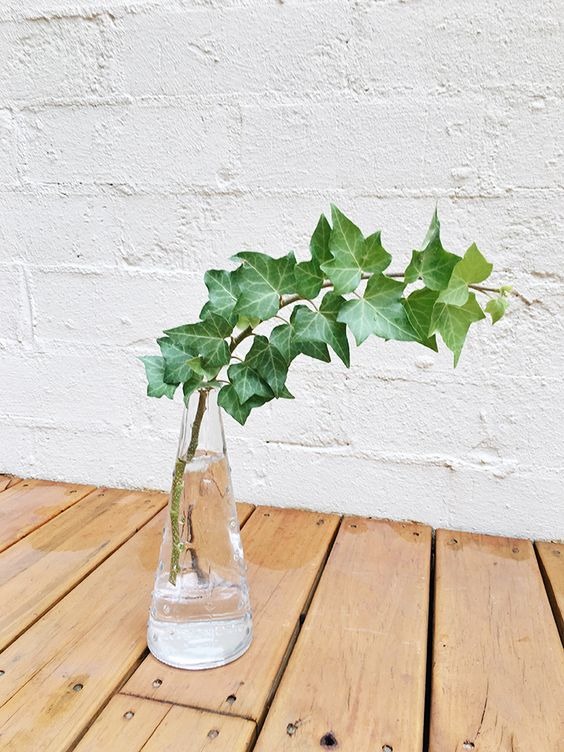
Your next indoor water garden plant might be English ivy. Its cuttings can be grown for a very long time in vases.
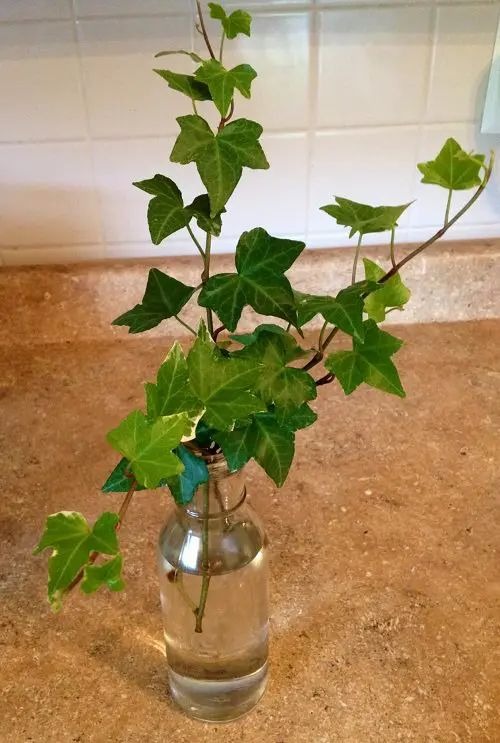
Cut off all of the lower leaves from an ivy stem, then place the leaves in a glass jar and enjoy it on a sunny windowsill. It is among the best indoor plants that can grow in water.
#12. Spider Plant
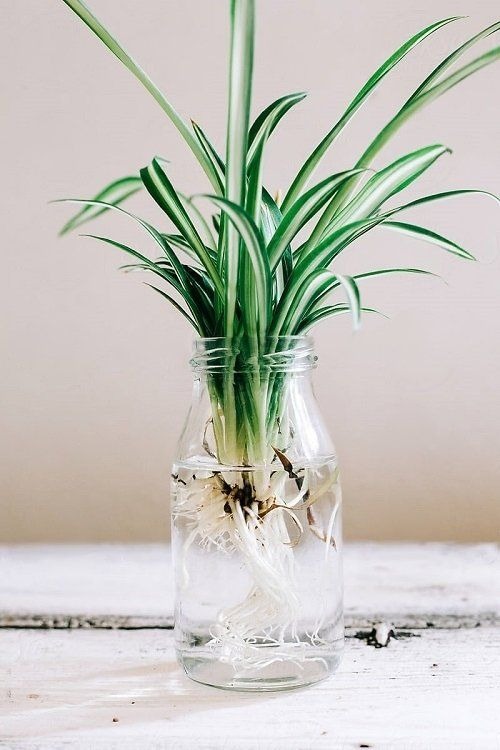
Many people love the spider plant (Chlorophytum comosum) because you never need to buy another once you have one. Spider plants produce tiny offshoots from the tips of their stems as they grow. With clean shears, you can cut off these spider-like babies and grow them in a small glass of water.

This easy-to-care plant adapts to medium to bright light. Its arching leaves can reach a height of up to 15 inches tall and bloom in spring and summer.
#13. Dracaena
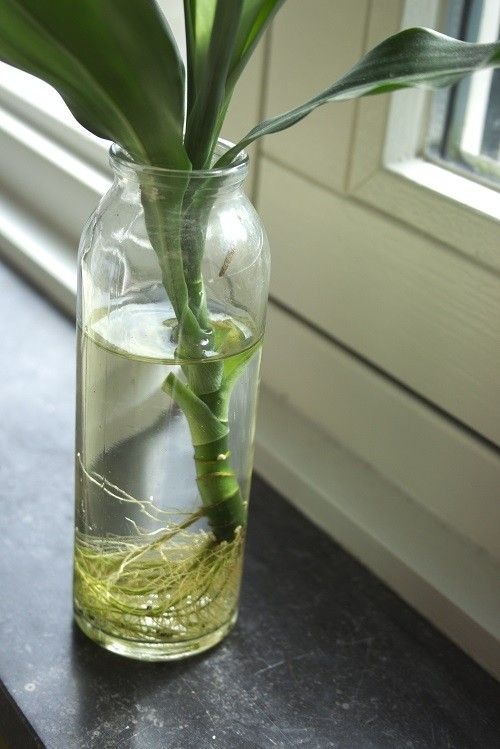
The leaves of dragon trees (Dracaena marginata) are thin and have a thick stem. All you need to do to propagate your own tree is to take a stem cutting from the parent plant and store it in a clean, barely-filled glass of water.
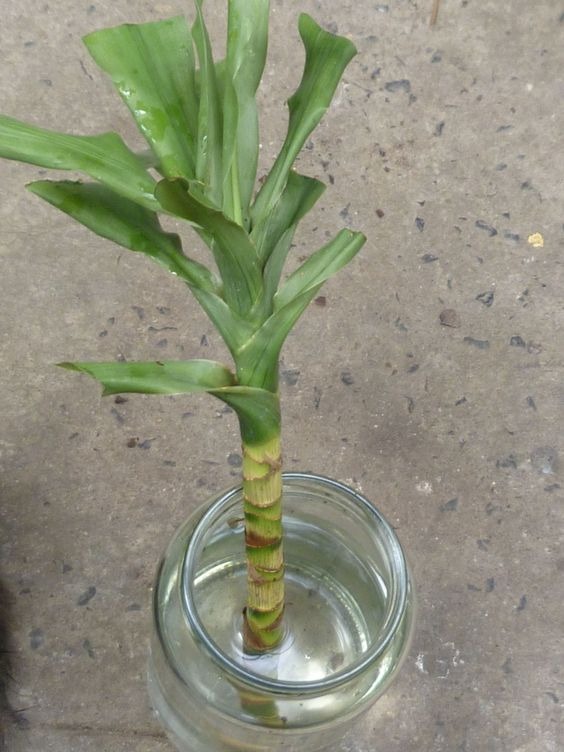
It likes temperatures between 0 and 80 degrees Fahrenheit. You should watch out for yellowing leaves as they indicate issues that should be solved right away.
#14. Peace Lilies
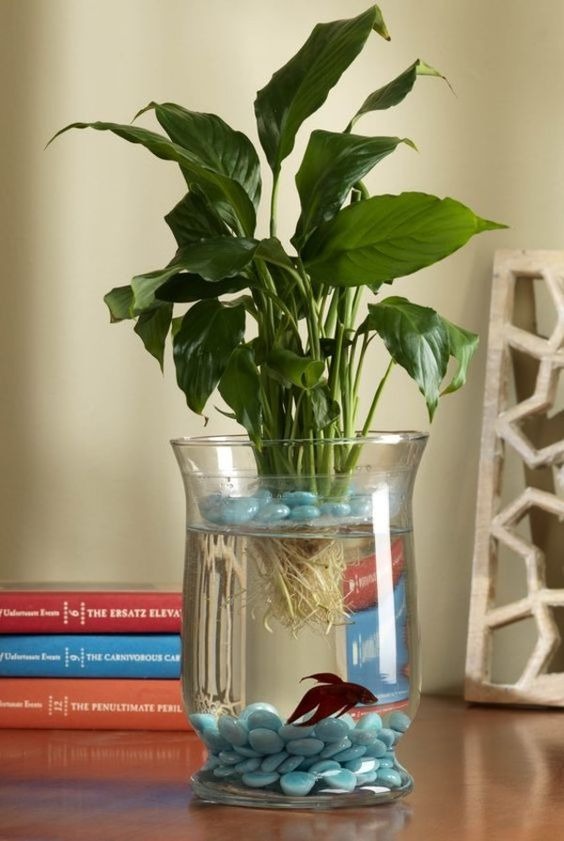
With their elegant white blooms and dark green leaves, peace lilies are not only beautiful but also well-suited for water propagation. To propagate, take the plant out of its pot and use running water to clean the roots. Make sure that the plant’s roots are the only part submerged in water.
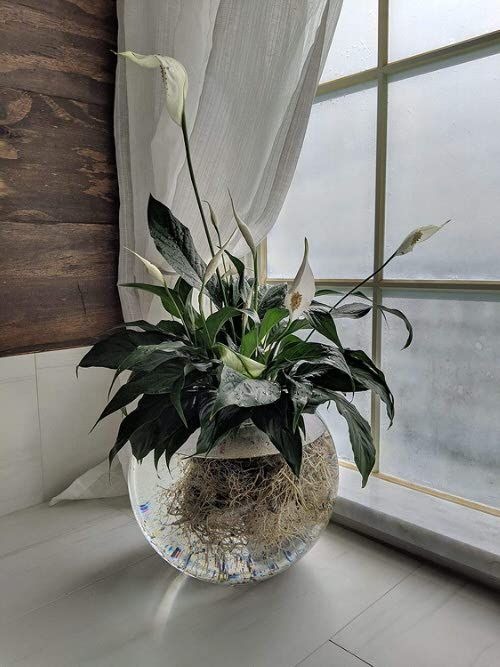
To maintain the health of the plant, it is advised to change the water completely every two weeks and position the container in a spot with bright, indirect light.
#15. Chinese Money Plant
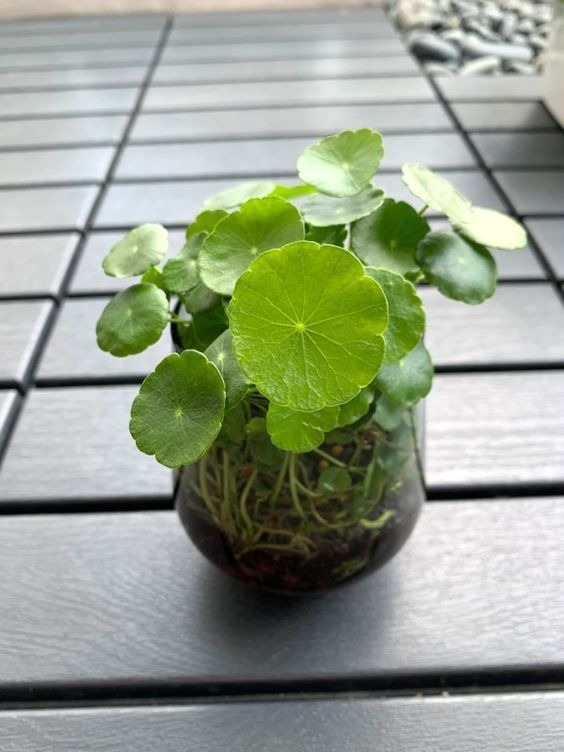 Chinese money plants, coin plants or pan-cake plants get their name from their coin-shaped foliage. You can move an established plant with roots into a water-filled container, or cut a stem cutting and place it in the water. After a few weeks, the stem will start to grow roots.
Chinese money plants, coin plants or pan-cake plants get their name from their coin-shaped foliage. You can move an established plant with roots into a water-filled container, or cut a stem cutting and place it in the water. After a few weeks, the stem will start to grow roots.
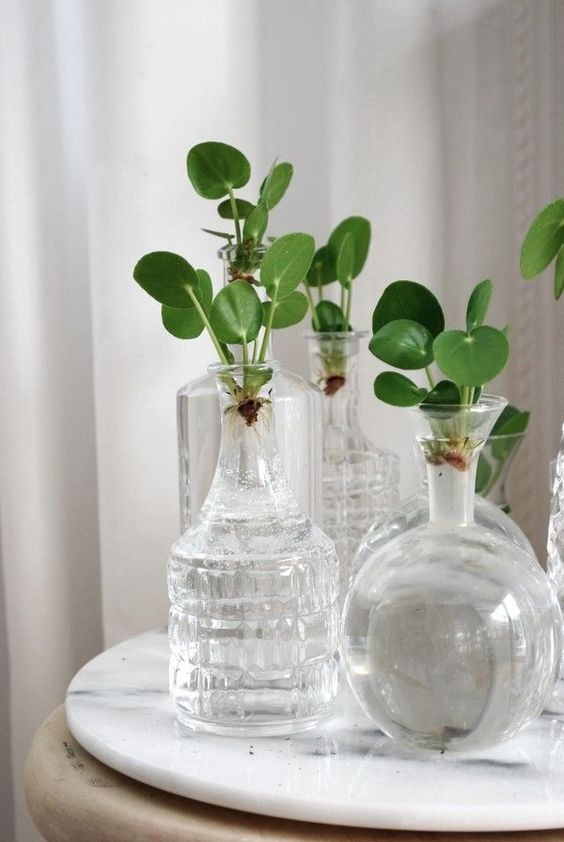
Apply fertilizer to your houseplant once a month to replenish the nutrients that are being lost from the soil or rainfall. Every two weeks or sooner change the water if it seems murky.
#16. Dieffenbachia
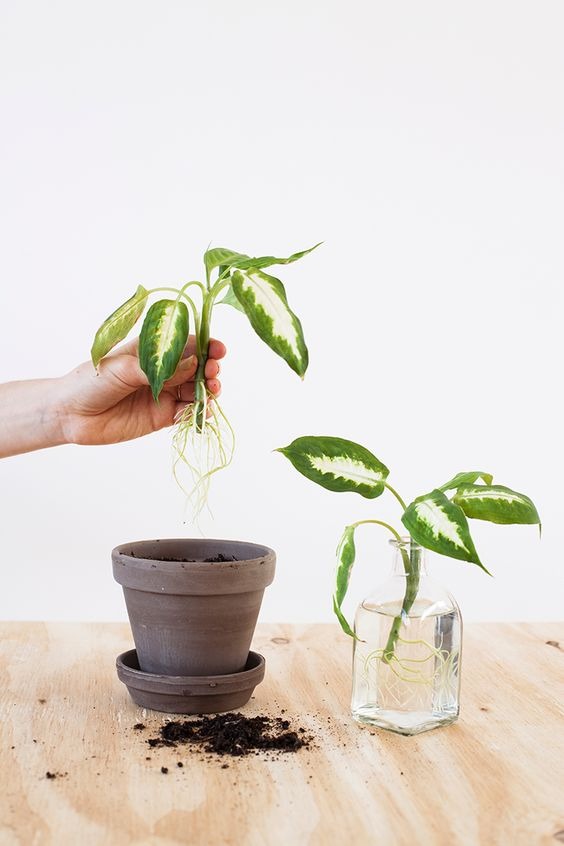
Dieffenbachia, also known as dumbcane plants, are most recognized for their tall growth and leaves. With proper care, you can grow this plant indoors with ease. Growing it in a regular potting mix or with just water is both acceptable.

Dumb cane plants don’t grow as quickly in water as they do in soil, but they will grow beautifully if fertilizer is applied every few weeks while the plant is in the growing season.
#17. Arrowhead Vine
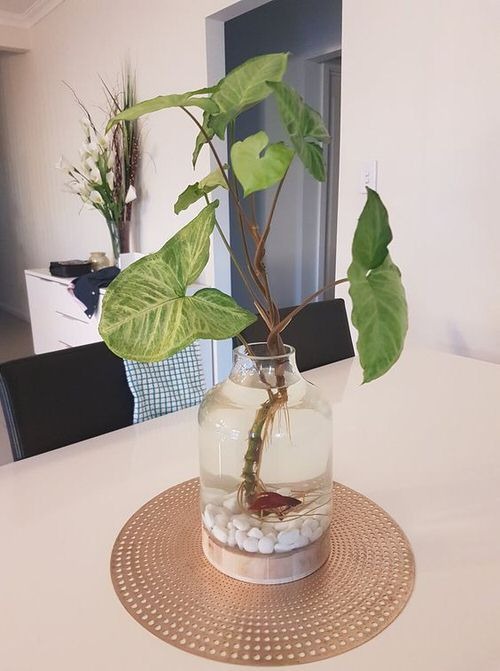
As a houseplant, arrowhead vines grow all year round. As it ages, its leaf structure transforms, going from a straightforward arrow shape to a deeply lobed leaf.
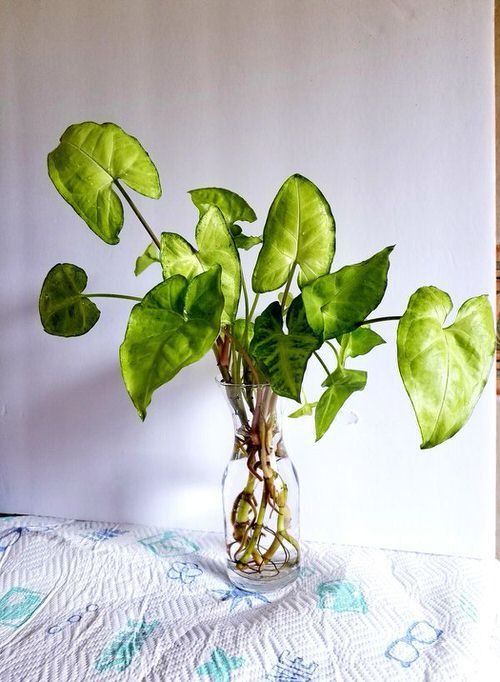
It is easy for arrowhead plants to grow in water. At a node – which resembles a bump on the stem – cut a mature, healthy stem below it. Submerge the sliced end into the water. It won’t take long for roots to begin sprouting.
#18. Paperwhites
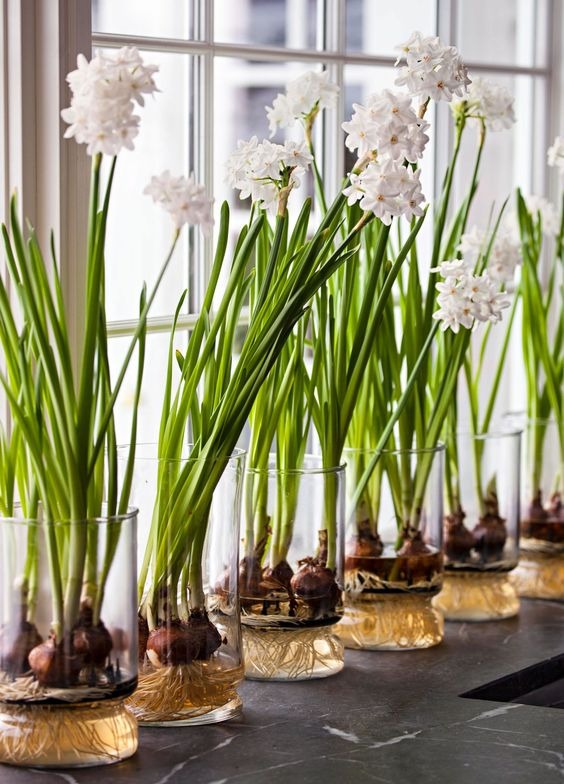
If you know how to grow them, paperwhites (Narcissus papyraceus) make a beautiful blooming houseplant. This plant, which grows well in a container with water, has clusters of tiny white flowers on thin stems.
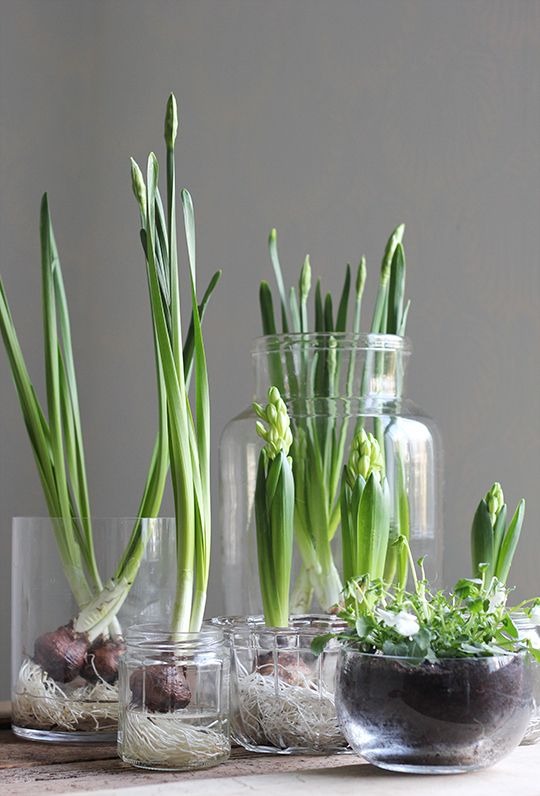
Place the bulb in a stone-filled dish, and add water to it. After the flowers die, you can repeat the process. The flowers will bloom for a few weeks.
#19. Caladium
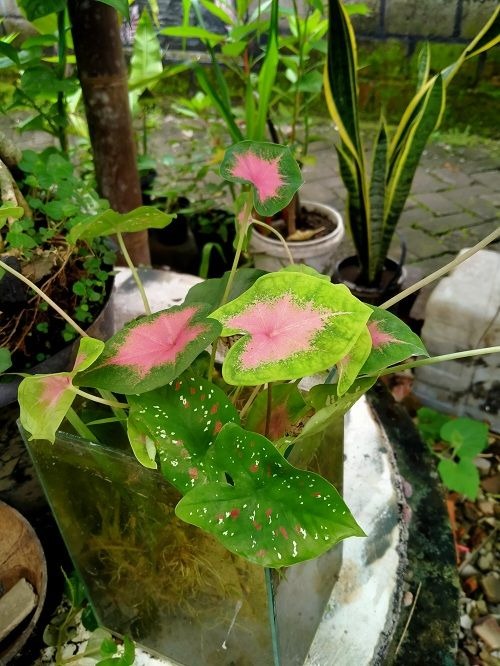
Most commonly, people grow caladium for their foliage rather than their flowers. These plants have long, variegated leaves that can be red, pink, green, cream, or white.
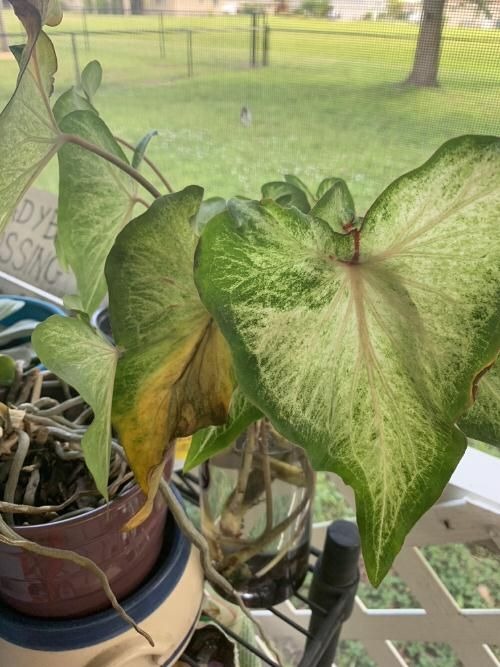
To your surprise, it is one of the indoor plants that can grow in water. Just carefully take the entire plant out of its pot and remove any dirt from the roots. Put the stems and roots of the plant in a vase or jar with fresh, unchlorinated water.
#20. Wandering Jew
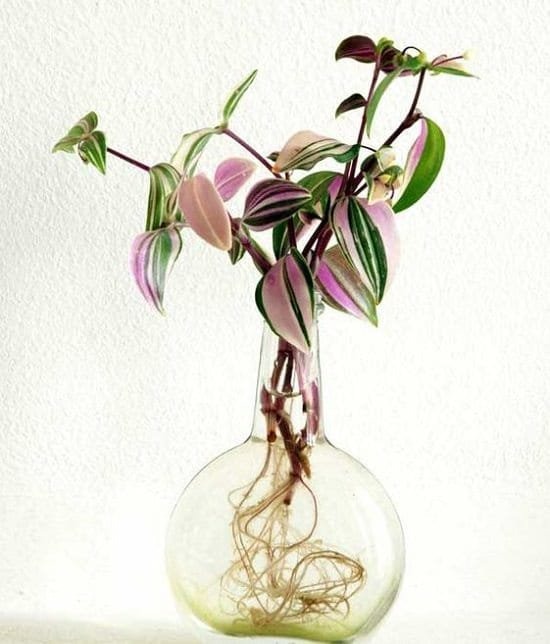
Wandering Jews spread like weeds in warm climates. They are attractive houseplants because of their amazing purple hue and variegated varieties.
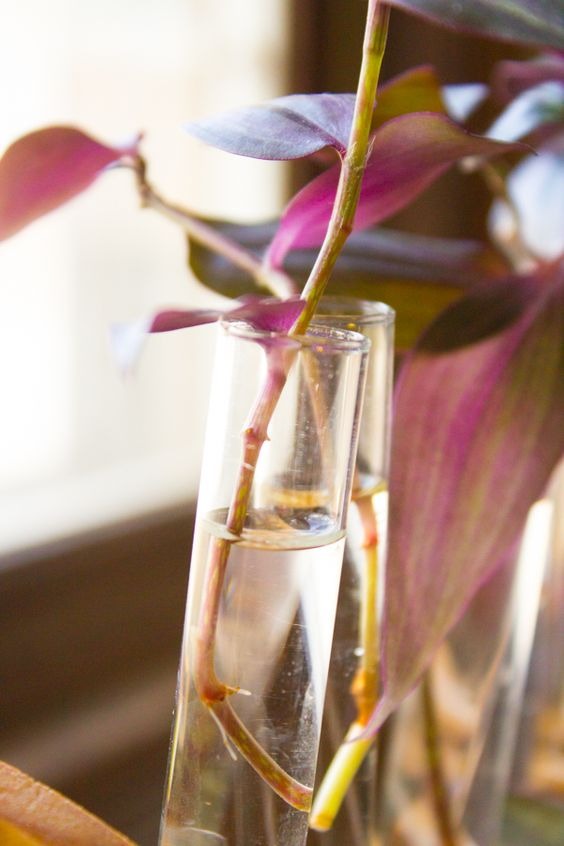
When growing in water, you should place a glass vase or jar on a window sill or tabletop, where the plant can get bright, indirect sunlight.
Indoor plants that can grow in water can add some greenery to your indoor space while decreasing the demand for soil, pots, or fertilizers. Finally, we hope you’ve found this article informative and inspiring. And if you’re interested in trying out this method of gardening, we encourage you to pick one or more plants from our list and give it a go. You’ll be surprised by how easy and rewarding it is to grow plants in water.
